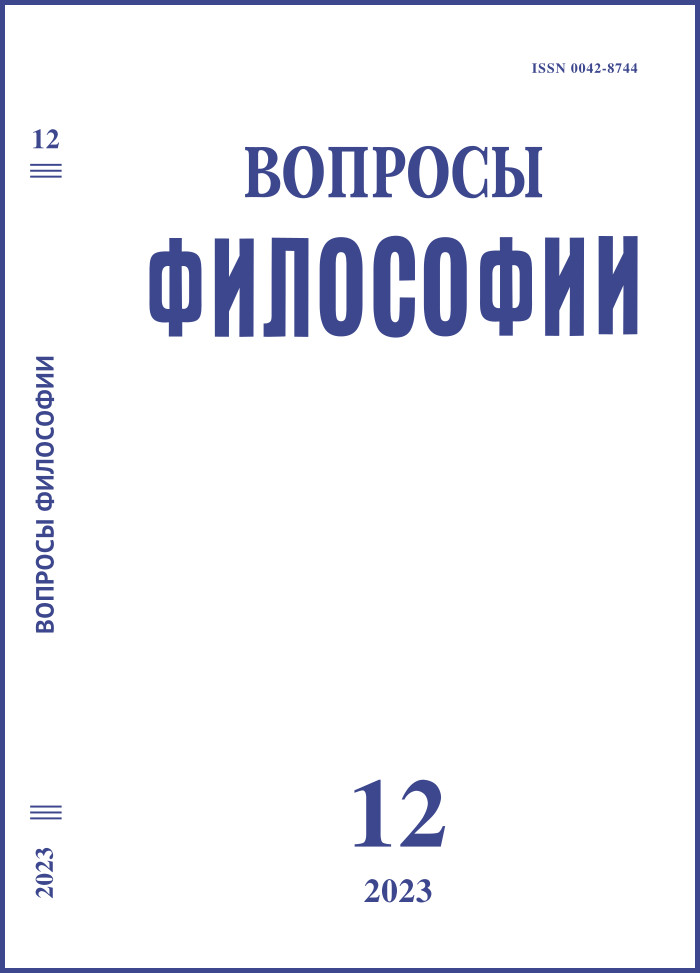On the Relationship between Language Structure and Logical-Sense Configurations
DOI:
https://doi.org/10.21146/0042-8744-2023-12-37-49Keywords:
language, structure, language structure, cognitive, psycholinguistics, morphosyntactic type, morphosyntactic operation, connectivity, morpheme, rootAbstract
Language structure is a generalized concept that includes all the means of expression of lexical and grammatical meaning, which have a sufficiently high degree of abstractness and regularity (for example, prefixation, suffixation, alternation, infixation, etc.). The main question of the article is a correlation possible between the dominant means of expression in the language, on the one hand, and the patterns of thinking that are characteristic of a native speaker and their products, logical-sense configurations, on the other hand? The first part of the article deals with the question of how the “structure” of language should be understood in the light of typology. It criticizes the two main metaphors – onomathetic (“language as a set of words”) and additive (“language as a set of morphemes and principles of their combination”). It is demonstrated that these metaphors reflect narrow and naive ideas about the structure of language and are applicable only to a limited number of languages, and only partially. Three broader approaches to describing structure – “Item and Arrangement”, “Item and Process” and “Word and Paradigm” – are then considered, and their limited applicability is also demonstrated. The second part presents an attempt to form the basis for an in-depth consideration of the main issue of the article. For this purpose, the notion of morphosyntactic type is introduced as a basic characteristic of language, reflecting the specificity of its means of expression and internal structure. In the light of the typology, it is proposed to distinguish three types – “limited-segmented”, “nonconcatenative” and “morphology ad hoc” (examples are early Indo-European languages, Arabic and Mohawk respectively). Presumably, these three types reflect three different dominants in the representation of connectivity in language occurring at the cognitive level (i.e., in the cognitive unconscious).

